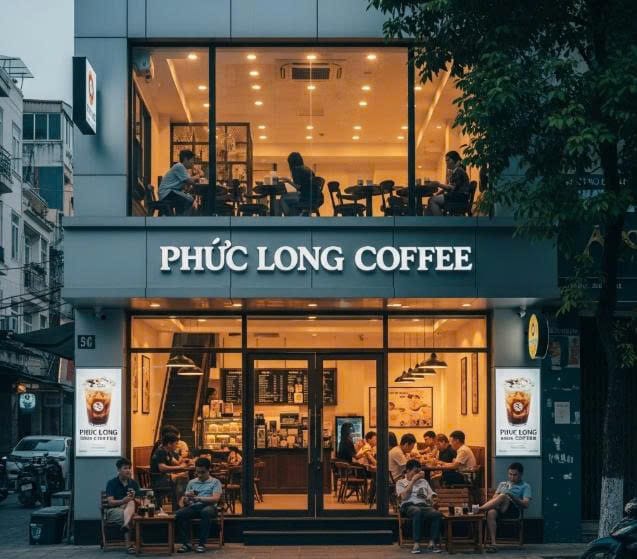Phúc Long Tea & Coffee chain sees strong growth in Q2 thanks to operational optimization
During an online meeting with shareholders on July 28, Mr. Danny Lê, CEO of Masan Group (HoSE: MSN), shared positive updates on the performance of the company’s tea and coffee chain, Phúc Long. He revealed that Phúc Long’s net profit margin improved by 2 percentage points in the second quarter of 2025, driven by the optimization of its store model.
Operational Efficiency Leads to Higher Revenue
According to Masan’s financial report, Phúc Long’s net revenue in the first six months of 2025 reached VND 858 billion, marking a 10% increase compared to the same period last year. This improvement was attributed to enhanced operational efficiency.
In Q2 alone, the chain reported VND 434 billion in revenue, up 11% year-over-year. This means Phúc Long earned nearly VND 4.8 billion per day on average. Meanwhile, EBITDA for the quarter rose to VND 80 billion, a 13% increase, and net profit after tax surged to VND 86 billion, up over 63% from the same period in 2024.
The second quarter also saw net profit rise by nearly 40%, reaching VND 43 billion. This strong growth was primarily driven by increased revenue from the food segment and delivery channels.
Food Business Emerges as a Key Growth Driver
During the shareholder meeting, Mr. Danny Lê emphasized that the food segment is becoming a major catalyst for increasing order value. The focus on food not only boosts revenue but also enhances the brand’s positioning in a competitive market where customer preferences are shifting toward more comprehensive dining experiences.
Kiosk Model Reassessment
In the past, Phúc Long aggressively expanded its kiosk presence in WinMart and WinMart+ stores, aiming to surpass 1,000 retail points. However, Masan has since reassessed the strategy. The group acknowledged that the kiosk model did not meet its original expectations.
As a result, 150 kiosks were closed during the second half of 2022. This move reflects a shift in focus toward more efficient and scalable business models, favoring standalone stores or integrated locations that offer higher performance and customer engagement.

